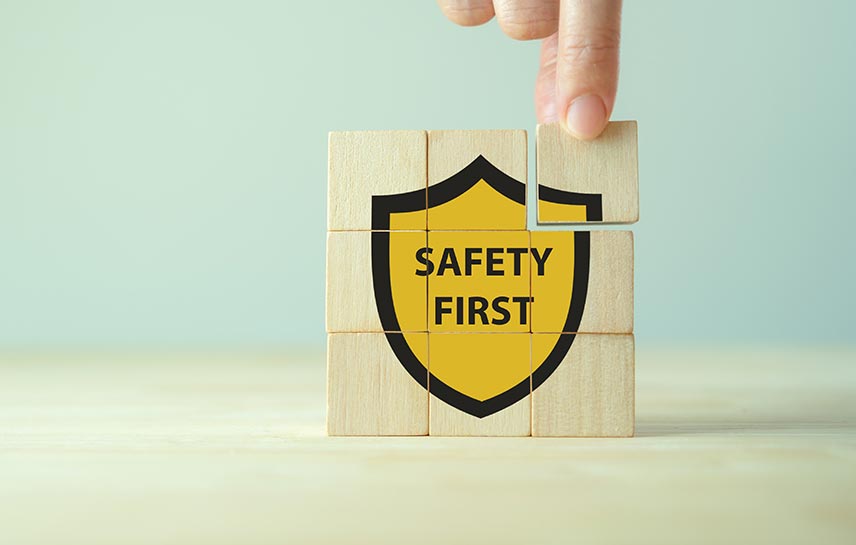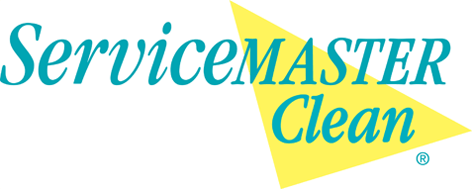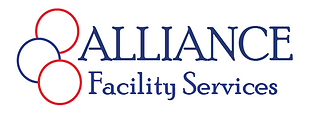Safety First: Managing Increased PPE Demand

November 15, 2023 by Medigroup
Laboratories play a vital role in scientific research, medical diagnostics, and various industrial processes. To maintain a safe and compliant laboratory environment, it’s essential to pay close attention to the equipment, tools, and personal protective equipment (PPE) used in the facility.
In this blog post, we will delve into the key aspects of laboratory equipment, tools, and PPE, focusing on their maintenance, compliance, and specifications.
Laboratory Equipment
Laboratory equipment varies significantly depending on the type of research and experiments conducted. Whether you are in a clinical, academic, or industrial laboratory, here are some common types of equipment you might need:
- Microscopes: Essential for observing microscopic specimens and analyzing cells, tissues, and microorganisms.
- Centrifuges: Used for separating substances based on density, such as separating blood components or purifying samples.
- Incubators: Maintain controlled temperature and humidity for culturing microorganisms and biological samples.
- Autoclaves: Sterilize equipment and glassware to prevent contamination.
- Fume Hoods: Ventilation systems that protect users from exposure to hazardous chemicals and fumes.
- Analytical Instruments: Including spectrometers, chromatographs, and mass spectrometers for various types of chemical analysi
Regulatory Compliance
Compliance with safety and environmental regulations is crucial in laboratory settings. To ensure compliance, labs must have the necessary tools and processes in place, such as:
- Safety Cabinets: Chemical storage cabinets designed to meet regulatory standards for hazardous materials.
- Chemical Labels: Proper labeling of all chemicals and substances used, including hazard information.
- Emergency Showers and Eyewash Stations: Immediate access to these facilities in case of chemical exposure.
- Ventilation Systems: Properly designed and maintained to meet air quality standards and protect lab occupants.
- Waste Disposal Systems: Ensure proper disposal of hazardous waste in accordance with local and federal regulations.
Equipment Maintenance and Replacement
Regular maintenance of laboratory equipment is essential to prevent accidents and maintain accurate results. Key points to consider include:
- Scheduled Inspections: Develop a maintenance schedule to check and service equipment at regular intervals.
- Calibration: Ensure that analytical instruments are calibrated to maintain accuracy.
- Replacement: Replace outdated or malfunctioning equipment to prevent safety hazards or inaccurate results.
PPE Specifications
Personal protective equipment (PPE) is critical to ensuring the safety of lab workers. Some PPE considerations include:
- Gloves: Choose gloves with materials suitable for specific chemicals, such as nitrile gloves for handling dichloromethane (DCM).
- Lab Coats: Made from appropriate materials to protect against chemical splashes and spills.
- Eye Protection: Safety glasses or goggles that meet the necessary standards for the type of work being performed.
- Respiratory Protection: Masks or respirators when working with hazardous fumes and substances.
Proper Fitting PPE
One size does not fit all when it comes to PPE. It’s essential to ensure that each member of your lab has PPE that fits properly. Ill-fitting PPE can compromise safety and effectiveness. Lab workers should have access to PPE in various sizes to accommodate everyone’s needs.
PPE Inventory Management
Maintaining an inventory of PPE is essential to ensure that lab workers have access to the necessary protective gear when they need it. Implement a system to:
- Tracking Inventory Levels
Tracking inventory levels is the foundation of efficient PPE management. It involves maintaining a detailed record of the quantity and type of PPE available in the laboratory. A well-organized inventory system provides several benefits, such as:
- Accessibility: Ensures that the right PPE is readily available when needed, preventing delays in critical tasks.
- Budget Management: Helps in controlling costs by reducing unnecessary stockpiling or overordering of PPE.
- Replenishment Planning: Enables laboratories to anticipate when new PPE orders are necessary.
To track inventory levels effectively, labs can use dedicated software or simply create a manual spreadsheet. Assigning responsibility for regularly updating the inventory list to a designated individual or team can streamline the process.
- Setting Up Alerts for Reordering
Timely reordering of PPE is crucial to avoid shortages and potential safety hazards. Setting up automated alerts can significantly simplify the replenishment process. Here’s how to do it:
- Determine Thresholds: Establish minimum and maximum stock levels for each type of PPE based on usage patterns and lead times.
- Use Inventory Management Software: Implementing inventory management software that provides alerts for low stock levels is an efficient way to monitor inventory in real-time.
- Regular Review: Regardless of the system used, it’s essential to review the inventory levels regularly and adjust thresholds as needed to reflect changes in usage or seasonal variations.
By automating the reordering process and ensuring that alerts are in place, laboratories can maintain an uninterrupted supply of PPE and reduce the risk of running out during crucial tasks.
- Regular Inspection for Wear and Tear
Inspecting PPE for wear and tear is vital to ensure that it remains effective and safe for use. Over time, PPE may deteriorate, rendering it less protective or even potentially harmful. Here are some key considerations for the regular inspection of PPE:
- Visual Checks: Encourage laboratory workers to conduct visual inspections before and after each use. Look for signs of damage, contamination, or weakening materials.
- Scheduled Inspections: Designate specific times for in-depth inspections of PPE, especially for items that see heavy use. Inspect gloves, lab coats, and eye protection for any defects, and respiratory protection for proper functioning.
- Document Findings: Maintain records of inspection results, including any actions taken, such as repairs, replacements, or retirements.
Regular PPE inspections not only enhance safety but also contribute to cost-efficiency by maximizing the useful life of protective gear. Additionally, the systematic documentation of inspections can serve as evidence of compliance with safety regulations.
Conclusion
Ensuring laboratory safety and compliance requires careful consideration of equipment, tools, PPE, and maintenance protocols. Laboratory managers and staff must be vigilant in adhering to safety regulations, maintaining equipment, and ensuring that lab workers have access to properly fitting PPE. Medigroup’s services can be invaluable in achieving these goals, contributing to a safer and more efficient laboratory environment.
By prioritizing safety and compliance, laboratories can continue to conduct important research, diagnostics, and industrial processes with confidence and peace of mind.















